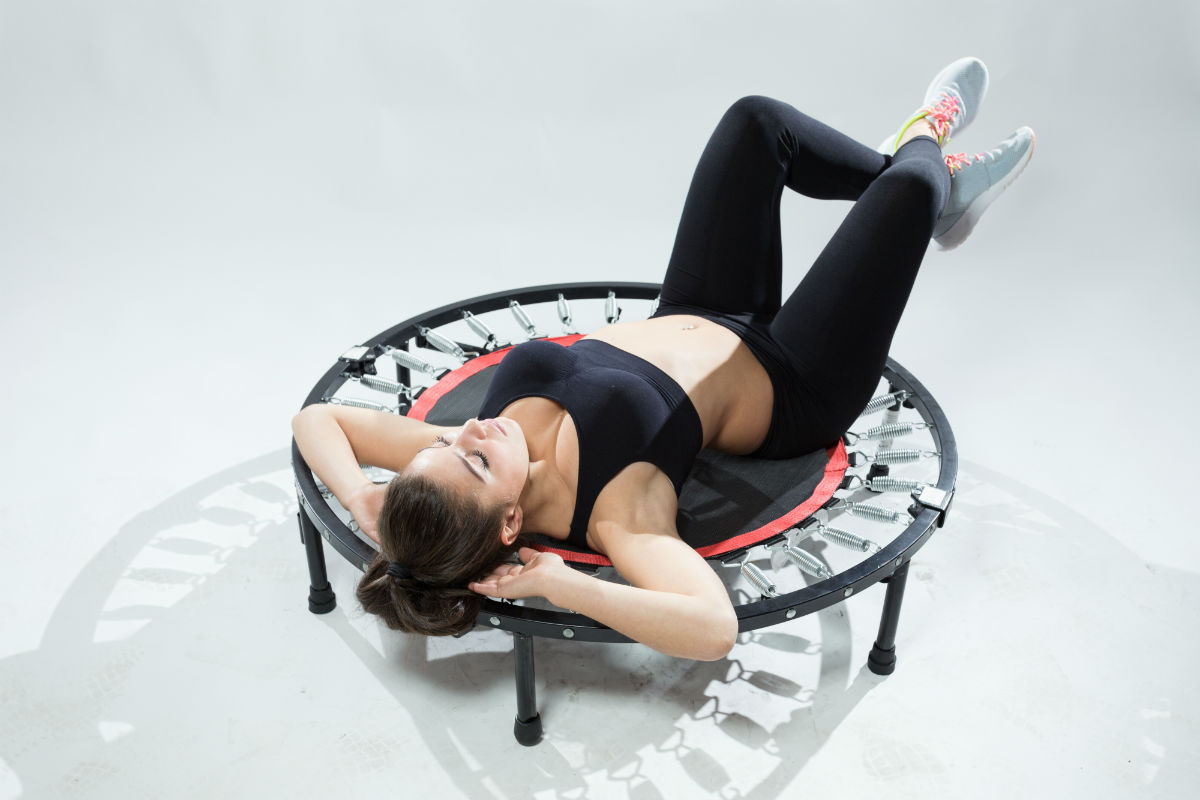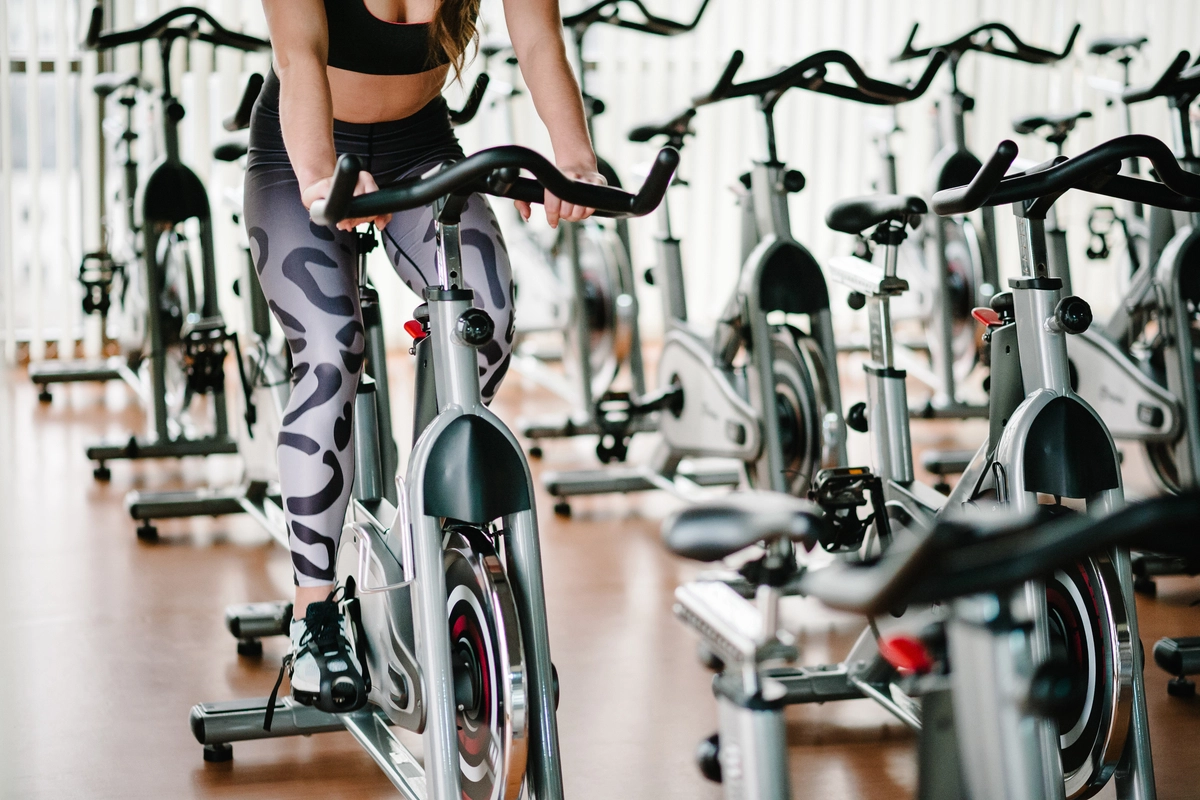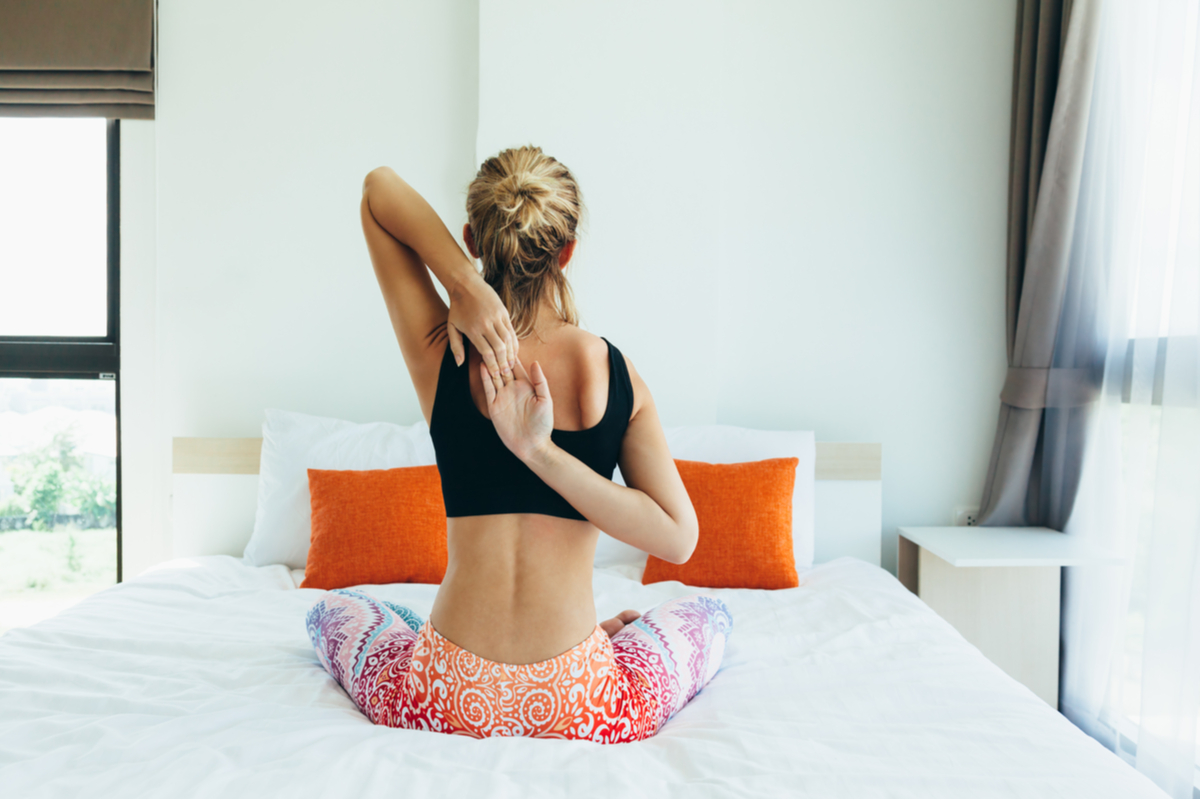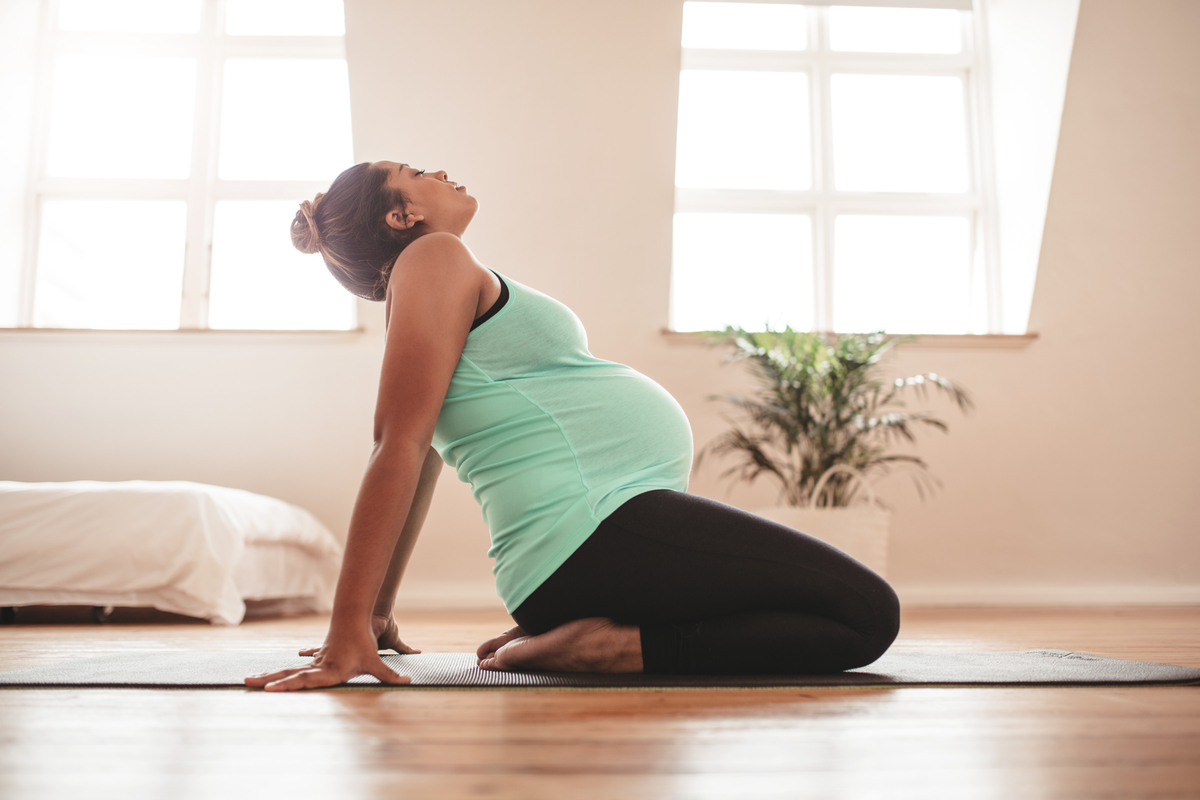Trampoline workouts (or rebound exercises) have been around since the 80s, but have jumped back onto the studio fitness scene over the past few years. These workouts are meant to be a low-impact way to burn a lot of calories and can have great benefits for the lower body in particular. But, the idea of working out on a mini trampoline can bring a mix of reactions from excitement to horror.
How to prepare for a trampoline fitness class
To ease your fears and fuel your enthusiasm, it’s time you got the scoop on what to expect from start to finish.
Disclaimer: To date, I’ve taken ten trampoline fitness classes at two different studios (shout out to Jane DO – Hoboken and TrampoLEAN). While I’m by no means an expert, I’m sharing my experience and some details on what to expect when you book your first class.
Top 5 Things to Know About a Trampoline Class
- Try not to eat too close to the start of your class.
- Take extra time to warm up your feet and legs.
- Don’t expect to be jumping on the trampoline the entire time.
- Be prepared to work your entire body — especially your lower body.
- Get ready to have a blast!
Before You Jump
As with all fitness classes, proper attire is a must — loose fitting clothes (especially pants) are not recommended since you’ll be jumping for a majority of the time. Speaking of jumping, you may also want to break out your most supportive sports bra.
Aside from your outfit, there are a couple of other things to keep in mind before class. Try to refrain from eating a meal within 30 minutes of your class time and make sure you visit the restroom.
Time to Jump
When you come in, the trampolines will most likely be out on the studio floor. Depending on the studio, you may have to remove your shoes and socks. The instructor will tell you what other equipment you need (if it’s not there already) and you can choose your spot as you would in any other class.
If you’re feeling apprehensive, tell the instructor it’s your first trampoline class and they’ll walk you through what to expect. Also, know that it’s really hard to fall off of the trampoline — even for the most uncoordinated of people (myself included). To be safe, try to get in a few practice jumps before you start just to get used to the movement. Make sure you take some extra time to warm up your legs and feet — especially your calves and shins!
In the classes I’ve taken, you do not spend the entire time on the trampoline. While the majority of your time is spent jumping in different ways to boost your heart rate, there are break out sections (typically a song or two) added in between to focus on arms, glutes and core. When you are jumping, you can’t really stop — if you start to experience some discomfort in your legs or feet, try smaller, softer jumps. If that doesn’t work for you, try to get the instructor’s attention and ask for a floor modification.
After You Jump
Word to the wise, be careful when you step off of the trampoline. I’ve found that much like when you work out on a treadmill or elliptical, the trampoline can leave you feeling a little off-balance for a moment or two. Chances are, you’ll leave class sweaty yet full of energy. Trampoline classes are known to benefit your entire body with particular emphasis on toning abdominal muscles, leg muscles and glutes — plus, the exercise is easier on your joints since it’s considered “low-impact.”





